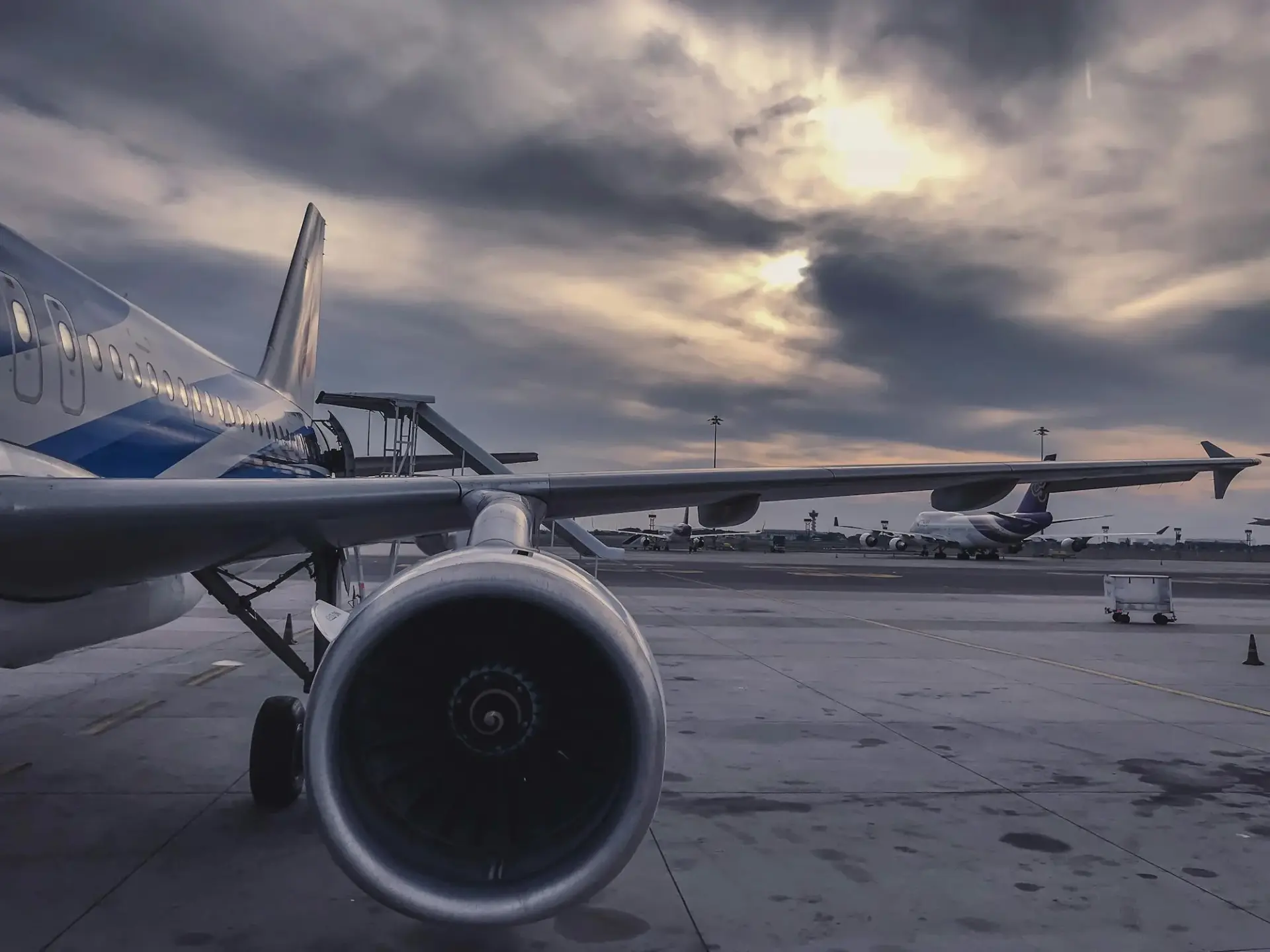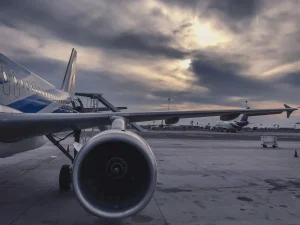Pilots undergo rigorous training to ensure they are equipped with the skills and knowledge needed to safely operate aircraft in various conditions. From small single-engine planes to large commercial jets, the training process is comprehensive and demanding, encompassing both theoretical learning and practical experience.
The journey to becoming a pilot typically begins with ground school, where aspiring aviators learn about aerodynamics, aircraft systems, meteorology, navigation, air traffic control procedures, and aviation regulations. This theoretical foundation provides pilots with the essential knowledge to understand the principles of flight and effectively navigate the skies.
Following ground school, aspiring pilots undergo flight training with certified flight instructors. This hands-on training takes place in both single-engine and multi-engine aircraft and covers a range of maneuvers and procedures, including takeoffs, landings, climbs, descents, turns, stalls, and emergency maneuvers. As pilots progress, they learn to handle more complex scenarios and aircraft types, preparing them for the challenges they may encounter during their careers.
In addition to flight training, pilots must also log a specified number of flight hours to meet licensing requirements. These flight hours include solo flights, cross-country flights, night flights, and instrument flying, which involves navigating solely by reference to instruments without visual cues. Accumulating flight hours allows pilots to gain valuable experience and proficiency in different flying conditions and environments.
Once pilots have completed their training and met the necessary requirements, they must pass written exams and practical flight tests administered by aviation authorities, such as the Federal Aviation Administration (FAA) in the United States or the European Aviation Safety Agency (EASA) in Europe. These assessments evaluate pilots’ knowledge, skills, and ability to safely operate aircraft, ensuring they meet the standards set forth by regulatory agencies.
Continuous training is also a fundamental aspect of a pilot’s career. Pilots undergo recurrent training and proficiency checks to maintain their skills, stay up-to-date with the latest technology and procedures, and ensure their ability to handle unexpected situations. This ongoing training helps pilots maintain the highest level of safety and professionalism throughout their careers.
In conclusion, the training of pilots is a comprehensive process that combines theoretical learning, practical flight experience, and continuous training to ensure they are proficient, skilled, and capable of safely operating aircraft in all situations. By undergoing rigorous training and adhering to strict standards, pilots play a crucial role in ensuring the safety and efficiency of air travel worldwide.


